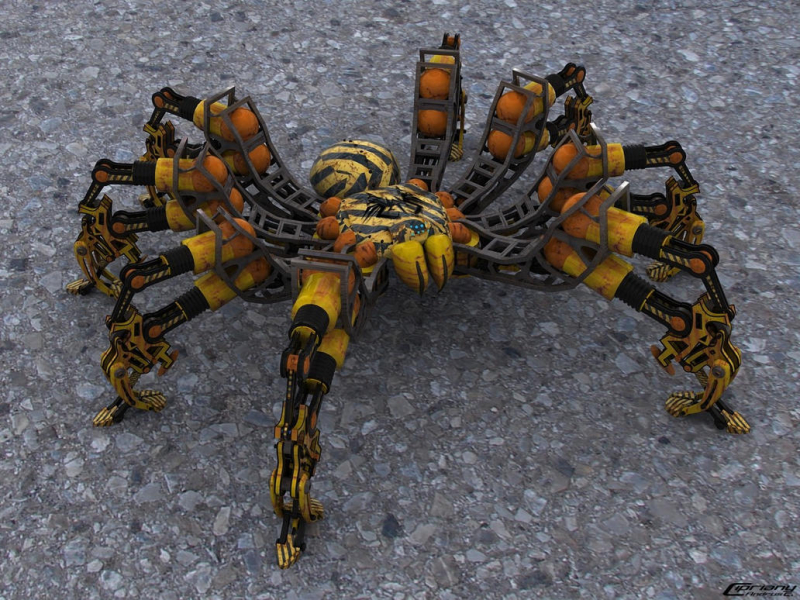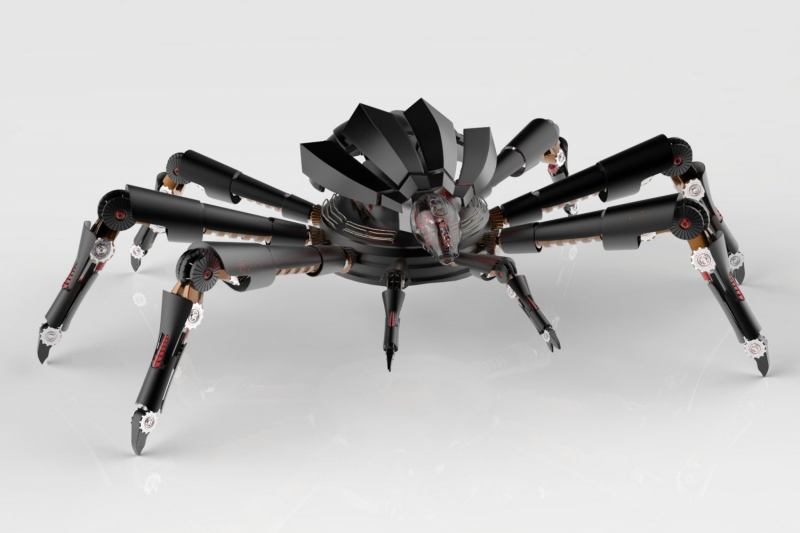Robo-Spider Corpses
When scientists transformed dead spiders into robots in July 2022, the world had the opportunity to experience the point at which zombies and robots collide. A soft robot can technically be built to replicate biological functionality by using bladders and hydraulics, for example. Hoses and tubes that are under pressure can be used as limbs and actuators to move objects. Actually, spiders operate in a similar manner.
Spiders have an internal hydraulic system that allows them to move their limbs. Despite not having nearly as many muscles as humans do, their limbs can move and contract because of their blood pressure. When a spider passes away, its heart stops, and as its body loses pressure, it curls up. The deceased body gets repressurized in this latest experiment. The legs of the body were able to spread and reopen once scientists infused it with air. The legs start to close as the air pressure is reduced. The resulting result resembles one of those claw machines at carnivals where you can try to win a plush animal, except this one is a corpse and can lift 130 percent of its own weight.
What then is the goal? In terms of cost, it is less expensive than creating a robot that can perform the same job. Because spiders are already well-camouflaged, experts believe that this subset of the sinisterly termed necrobotics could have applications in construction, sorting, and even field sample collection.












